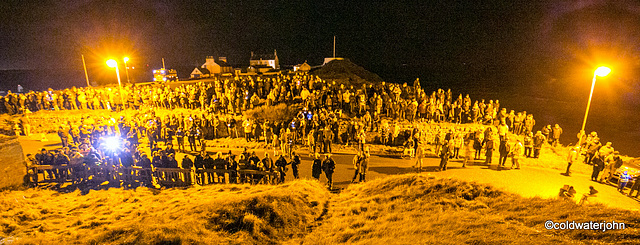LR-4694
LR-4697
LR-4701
LR-4706
LR-4708
LR-4713
LR-4716
LR-4717
LR-4719
LR-4720
LR-4723
LR-4724
LR-4726
LR-4727
LR-4728
LR-4729
LR-4731
LR-4733
LR-4735
LR-4736
LR-4737
LR-4738
LR-4740
When is it my turn?
Sunshine and shadow
The original “Coldwaterjohn”
IABM at Kilchattan 1960
I've got him trained now to sit down with crushed…
While you are not looking you suddenly grow older!
The Stars are Bright Tonight
The Stars are Bright Tonight
The Stars are Bright Tonight
The Stars are Bright Tonight
The Stars are Bright Tonight
If you come any closer you won't fit in the viewfi…
Moonrise @ 23:28
Skating rink will be open shortly
Final approach to touchdown
Dropping in for lunch
Guarding my raisin jar
That camera flash is scary!
Breakfast
Checking out the garden
Begging at my feet!
Waiting patiently to be fed
1/8 • f/2.8 • 15.0 mm • ISO 12800 •
Canon EOS 6D
TAMRON SP 15-30mm F/2.8 Di VC USD A012
See also...
Keywords
Authorizations, license
-
Visible by: Everyone -
All rights reserved
-
168 visits
LR-4680


The annual burning of the Clavie on January 11 at Burghead, led by the Clavie King.
This was the first time we had attended this event which has taken place every year since about 1750.
Burning the clavie is an ancient Scottish custom still observed at Burghead, a fishing village on the Moray Firth. The clavie is a collection of casks split in two, lit as a bonfire in the evening of 11 January, i.e. New Year's Eve (in Scotland, Hogmanay) by the Julian Calendar. One of these casks is joined together again by a huge nail (Latin clavis; hence the term, it may also be from Scottish Gaelic cliabh, a basket used for holding combustibles). It is then filled with tar, lighted and carried flaming round the village and finally up to a headland upon which stands the ruins of an altar, locally called the Doorie. It here forms the nucleus of the bonfire, which is built up of split casks. When the burning tar-barrel falls in pieces, the people scramble to get a lighted piece with which to kindle the New Year's fire on their cottage hearth. The charcoal of the clavie is collected and put in pieces up the cottage chimneys, to keep spirits and witches from coming down.
This was the first time we had attended this event which has taken place every year since about 1750.
Burning the clavie is an ancient Scottish custom still observed at Burghead, a fishing village on the Moray Firth. The clavie is a collection of casks split in two, lit as a bonfire in the evening of 11 January, i.e. New Year's Eve (in Scotland, Hogmanay) by the Julian Calendar. One of these casks is joined together again by a huge nail (Latin clavis; hence the term, it may also be from Scottish Gaelic cliabh, a basket used for holding combustibles). It is then filled with tar, lighted and carried flaming round the village and finally up to a headland upon which stands the ruins of an altar, locally called the Doorie. It here forms the nucleus of the bonfire, which is built up of split casks. When the burning tar-barrel falls in pieces, the people scramble to get a lighted piece with which to kindle the New Year's fire on their cottage hearth. The charcoal of the clavie is collected and put in pieces up the cottage chimneys, to keep spirits and witches from coming down.
- Keyboard shortcuts:
Jump to top
RSS feed- Latest comments - Subscribe to the comment feeds of this photo
- ipernity © 2007-2025
- Help & Contact
|
Club news
|
About ipernity
|
History |
ipernity Club & Prices |
Guide of good conduct
Donate | Group guidelines | Privacy policy | Terms of use | Statutes | In memoria -
Facebook
Twitter

Sign-in to write a comment.